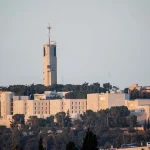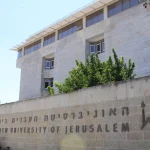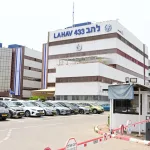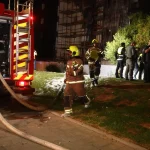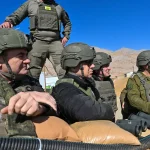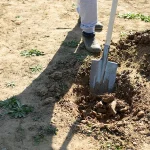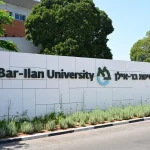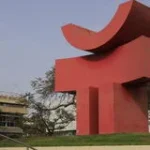Stroke is one of the three leading causes of death in the Western world, and one of the main causes of disability. Most strokes occur when blood supply to a particular region of the brain is interrupted.
If you notice a person with weakness in the mouth, sudden numbness of the extremities (arms or legs) or trouble speaking, this person may be having a stroke.
In case of a stroke, every minute counts!
Even if only one of these warning signs occurs, call 101 right away and ask for an ambulance. It is the fastest way to get medical help.
Don’t wait for the signs to disappear, and do not let the victim go unescorted to the hospital. The earlier the medical treatment, the better the chance of preventing disability or death caused by the stroke.
The Israel Neurological Association provides the following list of stroke warning signs:
- Sudden weakness or numbness in the face, arm or leg, especially on one side of the body
- Sudden confusion, trouble speaking, or difficulty understanding speech
- Sudden loss of balance or lack of coordination
- Sudden trouble seeing in one or both eyes
- Sudden severe headache with no known cause
Even if these are transient and resolve by themselves, it is important to seek urgent medical help in order to prevent exacerbation.
Data about stroke
- Every year, about 18,000 people in Israel have a stroke.
- Only about 40% of cases (about 5,200 patients) receive advanced disability-preventing treatments within the available time window.
- Approximately 2,000 of the patients do not arrive at a hospital at all, and some suffer a severe stroke that could have been prevented.
- a survey undertaken in 2013 by the Israel Center for Disease Control in the Ministry of Health and the Israel Neurological Association found that the majority of stroke victims did not recover from their disability and needed rehabilitation and assistance for basic functioning.
- Most stroke victims (approximately 80%) are over the age of 60, but also young adults in their 20’s and 30’s can have a stoke.
- The main risk factor for stroke in Israel is high blood pressure.
- Women constitute less that half of the victims (about 44%), but the severity of the impairment for women is greater.
Ministry of Health initiatives to prevent stroke
Over the past few years a National Plan for the Treatment and Prevention of Stroke Damage has been created in the Ministry of Health. This program includes the enhancement of public awareness, training of staff and the establishment of special units, as well as setting quality standards for the treatment of stroke cases in emergency medicine and in hospital departments.
In 2014, the National Stroke Registry was established at the Israel Center for Disease Control. The Registry is intended to serve as a comprehensive and high quality database of stroke in Israel, enabling the defining the needs necessary for the treatment and prevention of stroke, the monitoring of trend changes in stroke occurrence and treatment quality, planning of interventions and the assessment of their efficacy.
Additionally, the Israel Center for Disease Control, in conjunction with the Israel Neurological Association, conducts comprehensive surveys among patients hospitalized following a stroke (NASIS surveys) in all medical centers in Israel. In these surveys, information is collected regarding the patients’ medical condition upon arrival at the hospital, transfer time to hospital and means of transport, their medical history and degree of exposure to stroke risk factors, the diagnosis and treatment that they received during their hospitalization and the time frame until it was given, the medications prescribed for them, their condition upon discharge from the hospital, as well as their degree of rehabilitation and level of functioning for three months after the date of hospitalization.






